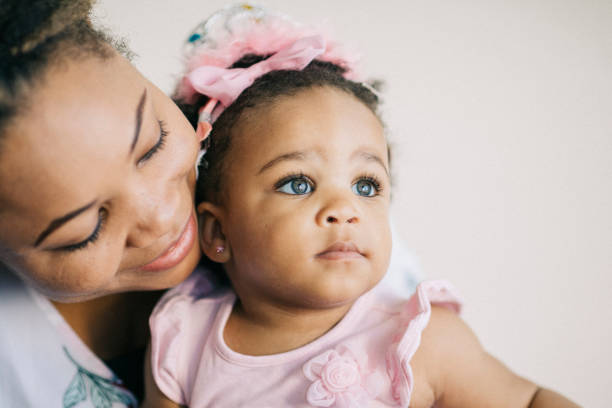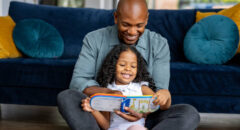
Piercing one’s ears is a tradition for many people. Piercing earlobes is a popular trend among kids of all ages. The piercing of cartilage is also considered the norm. There are a variety of piercings your kid may desire in or around the ear, including the helix, industrial, daith, and rook. But what exactly should you know before deciding to pierce your kid’s ears?
What Is the Best Age to Pierce Your Child’s Ears?
The choice to get your ears pierced should not be made lightly. There is the issue of giving one’s informed permission, in addition to the possible dangers of the treatment itself.
According to several doctors and piercing specialists, children shouldn’t have their ears pierced until they’re ready. Plus, it’s possible that younger kids can’t manage to cleanse the piercing. Therefore, it is best to wait till a child is older before allowing them to be pierced.
When Choosing Earrings, Which Material Is Best?
Numerous substances are deemed “safe” for piercings once they have healed, but only a select number are allowed for initial piercings. What may be the cause of this? Piercings, especially the first time around, need the highest biocompatibility level in the jewelry chosen.
While your body is busy healing your piercing, you should wear jewelry that won’t affect its progress. Use standard materials like stainless steel, titanium, gold, niobium, and glass.
RELATED: Q&A: Why Do My Body Piercings Stink?!
Are Piercing Guns Safe?
Although easily available and (apparently) simple to use, Piercer guns are not safe for anybody of any age. The Association of Professional Piercers (APP) warns that using a gun that has been reused for many piercings might expose new customers to the bodily fluids of previously pierced customers.
“Ear piercing studs are often extremely dull,” thus “piercing guns may inflict considerable tissue injury.” Additionally, piercing guns cause/work by delivering blunt force trauma, and not all customers will be a good fit for the length and/or stud employed in the device.
“Ear piercing studs are too short for certain earlobes and most cartilage,” the APP continues. In addition, they cause tissue compression, which slows recovery.
The absence of aseptic techniques and a fundamental understanding of disease transmission has resulted in








